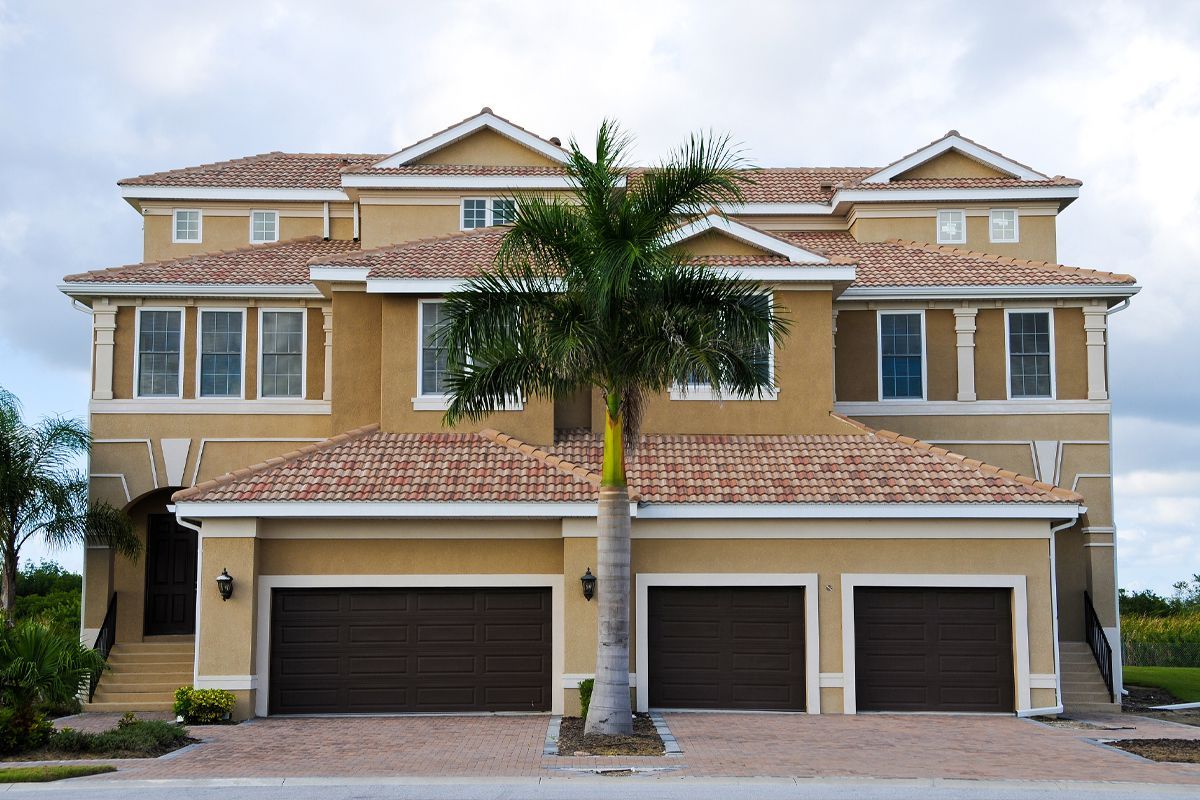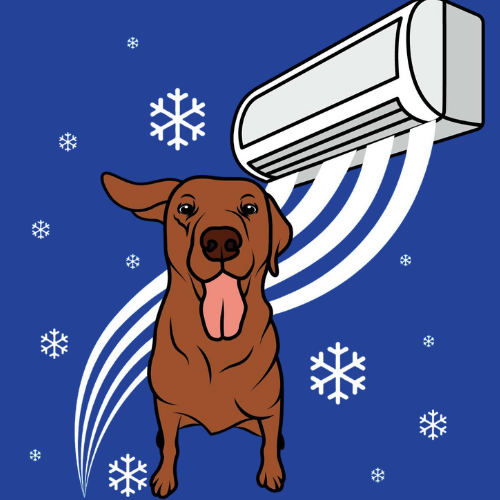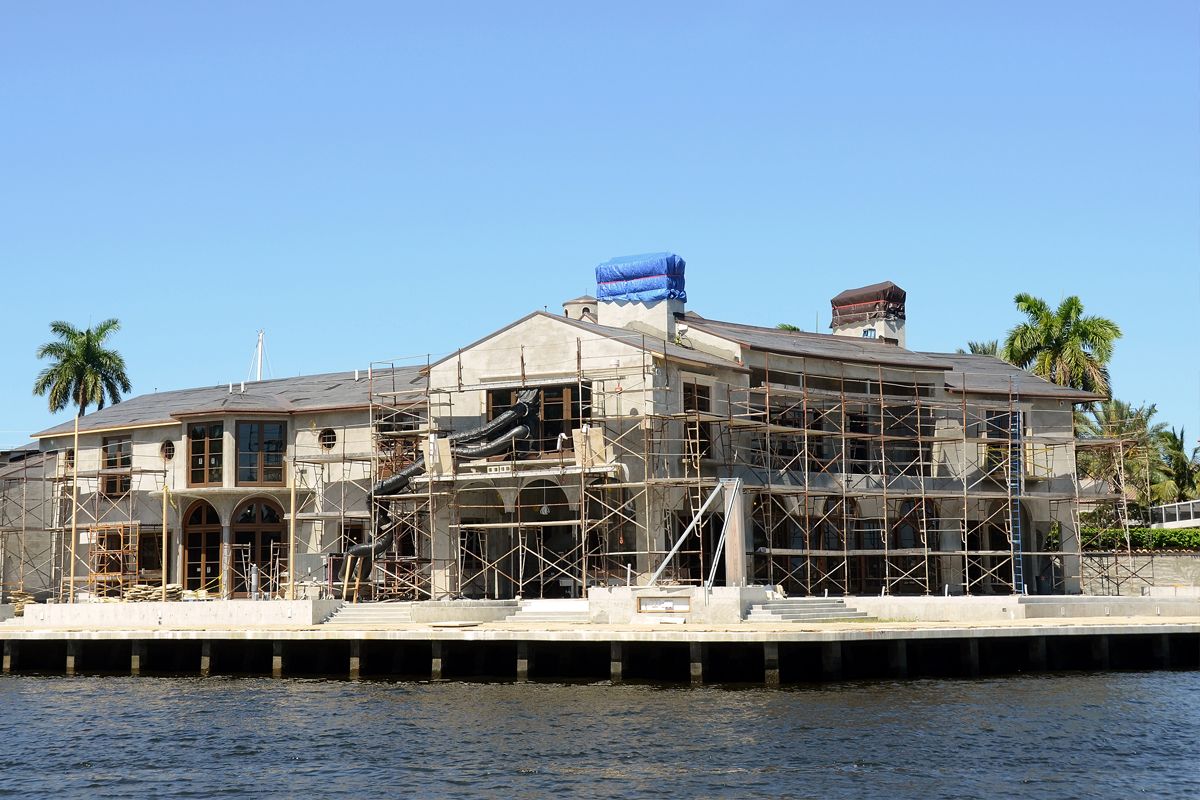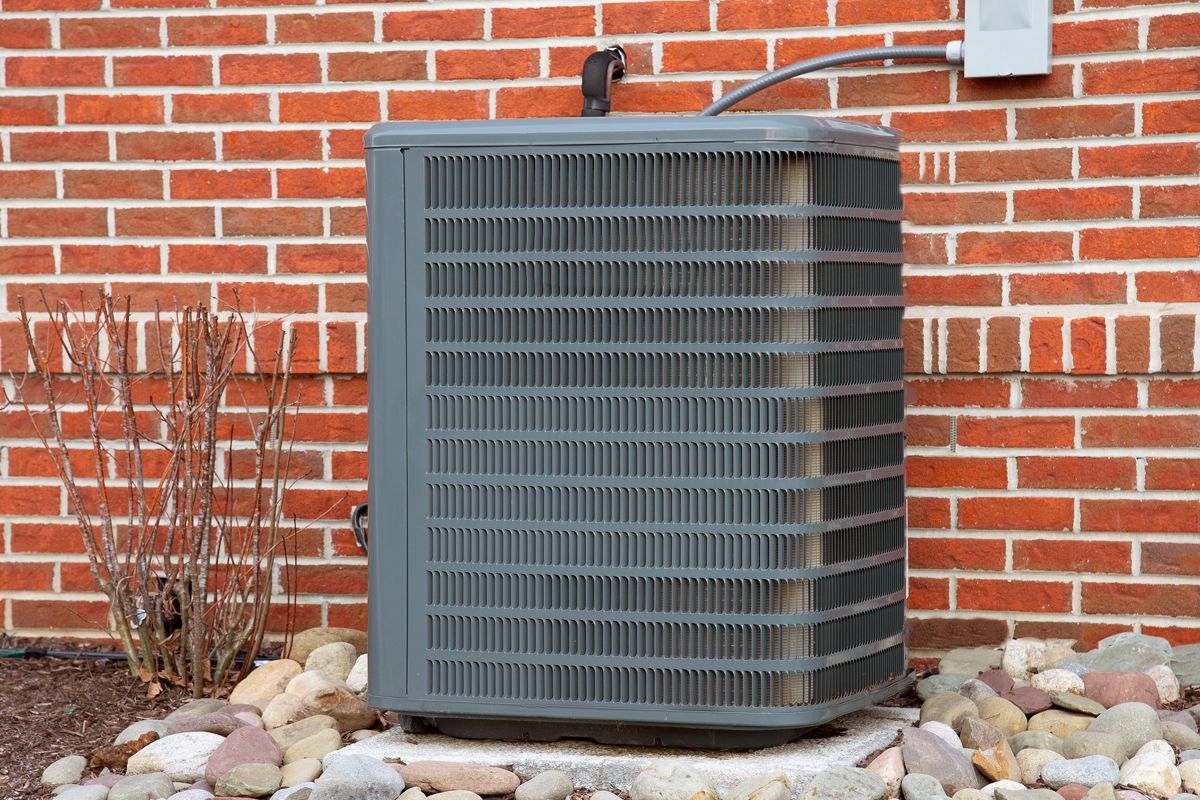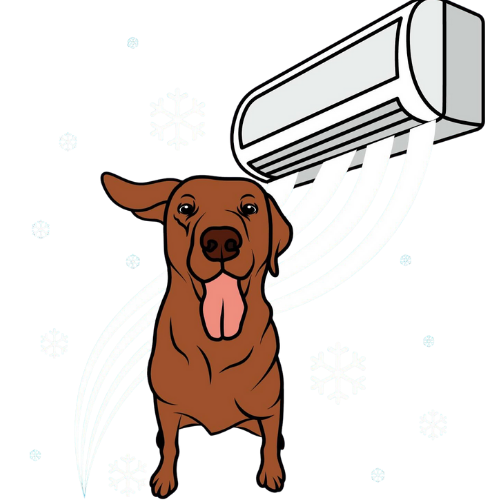How Long Does a New HVAC Installation Take for Florida Homes?
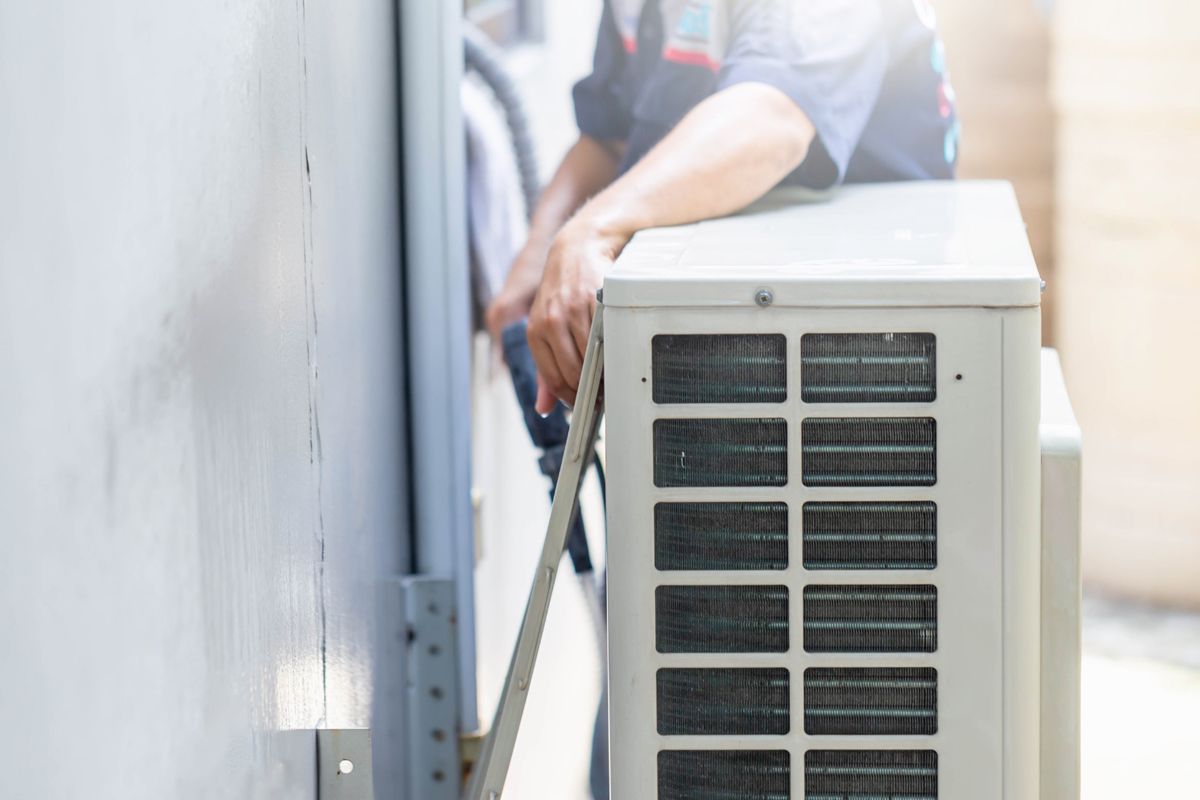
When it’s time to replace your HVAC system, one of the first questions homeowners in Pinellas County ask is: “How long will the installation take?” With Florida’s heat and humidity, being without air conditioning even for a short time can feel overwhelming. The good news is that most new residential HVAC installations can be completed in one day, although larger or more complex projects may take longer.
Here’s what factors affect installation time and what you can expect when scheduling a new system.
Typical Timeline for HVAC Installation
- Standard Replacement (Most Homes): 4–8 hours
- Larger Homes or Complex Systems: 1–2 days
- Specialized Installations (ductwork redesigns, zoning systems, or custom add-ons): 2–3 days
For most Florida homeowners replacing an existing central air system, the process is usually completed in a single day.
Factors That Affect Installation Time
1. Size and Layout of the Home
A small Belleair condo with straightforward ductwork will take less time to service than a larger two-story home in Clearwater that requires more extensive airflow adjustments.
2. Condition of Existing Ductwork
If ductwork is in good shape, technicians can reuse it. But if ducts are damaged, leaking, or poorly sized, replacing or sealing them adds time to the project.
3. System Type and Features
A standard central AC system takes less time to install than advanced options like variable-speed heat pumps, zoning controls, or whole-home air purifiers.
4. Accessibility
Tight crawl spaces, attics, or older homes with unique layouts can increase installation time because equipment is harder to maneuver and connect.
5. Permits and Inspections
Florida law requires proper permits and inspections for HVAC replacements. While these don’t always affect the installation day itself, scheduling and passing inspection is part of the overall timeline.
What Homeowners Can Expect on Installation Day
- Removal of the Old System – Technicians safely disconnect and haul away your existing AC or heat pump.
- Preparation and Setup – The new system is staged, and any duct modifications or site prep is completed.
- Installation of New Equipment – Indoor and outdoor units are installed, electrical connections are made, and refrigerant lines are set.
- System Testing and Calibration – The system is powered on, refrigerant levels are verified, and airflow is balanced.
- Customer Walkthrough – Before leaving, your HVAC contractor explains how to use and maintain your new system.
Recently, a homeowner in Largo, FL upgraded their 15-year-old central AC unit to a high-efficiency heat pump. Because their ductwork was in good condition, our team completed the installation in just 7 hours. By that evening, the family was enjoying cooler, more efficient comfort without disruption.
For most Florida homes, a new HVAC installation can be completed in just one day. More complex projects may take longer, but with the right contractor, the process is smooth, efficient, and designed to minimize downtime.
At Williams Air Solutions, we take pride in delivering fast, professional installations while ensuring every detail is handled correctly. From permits to final inspections, our goal is to provide homeowners in Pinellas County with reliable comfort as quickly as possible.
Contact us today to schedule your installation estimate and find out how soon we can get your new HVAC system up and running. Looking for fast, reliable HVAC service in Pinellas County? Click to call (727) 353-0090 and let Williams Air Solutions handle the rest.
